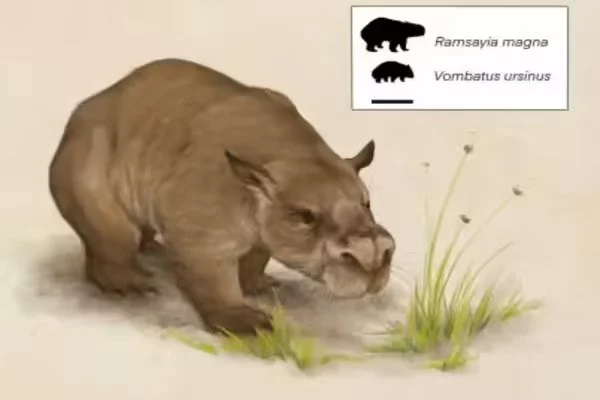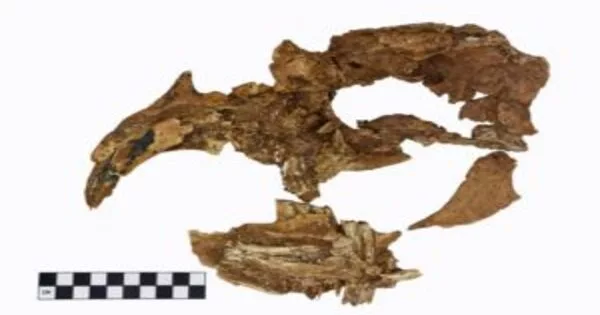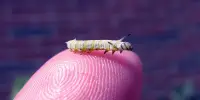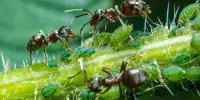Diprotodon is an extinct genus of marsupial that lived in Australia during the Pleistocene Epoch. It was the largest marsupial to have ever existed and has been referred to as a “giant wombat.” The exact meaning of the phrase “True giant wombat gives Diprotodon podium a wobble” is unclear and may be a reference to a specific scientific or popular culture context.
If you thought Australia only had one ancient “giant wombat,” think again. While the Diprotodon, an extinct megafauna species distantly related to wombats but the size of a small car, is commonly (but incorrectly) referred to as Australia’s “giant wombat,” Griffith University researchers have shed light on a large species that does belong in the modern-day wombat family.
A team led by Associate Professor Julien Louys of Griffith University’s Australian Research Center for Human Evolution described for the first time the complete skull of this true fossil giant wombat, discovered in a Rockhampton cave in Queensland and estimated to be around 80,000 years old.
Associate Professor Louys said the discovery provided unprecedented insights into the biology and appearance of these previously little-known ‘gentle giants’. “The extinct megafauna of Australia never ceases to amaze and intrigue not just Australians, but people all over the world,” he said.
True giant wombats, on the other hand, existed. These were previously unknown, but the discovery of the most complete skull of one of these giants, Ramsayia, has allowed us to reconstruct what this creature looked like, where and when it lived, and how giant wombat evolution occurred in Australia.
Julien Louys
“Although one of the most charismatic of the giant mammals to go extinct, Diprotodon is commonly referred to as a ‘giant wombat’. But this is incorrect as Diprotodon belongs to an entirely different family – equivalent to saying a hippo is just a giant pig.
“True giant wombats, on the other hand, existed. These were previously unknown, but the discovery of the most complete skull of one of these giants, Ramsayia, has allowed us to reconstruct what this creature looked like, where and when it lived, and how giant wombat evolution occurred in Australia.”
The cranium and mandible of the Ramsayia magna fossil were discovered in the early 2000s from the rear of the front chamber of Lower Johansons Cave in Rockhampton, but it wasn’t until subsequent excavations and analysis by Associate Professor Louys’ team that it was confirmed as belonging to a previously described but very poorly known species.

Extinct Vombatidae giant wombats (roughly twice the size of modern wombats) are rarer than the fossil diprotodontids that are commonly and incorrectly – referred to as giant wombats.
According to Associate Professor Louys, this giant wombat, Ramsayia, had extensive cranial sinuses, which had not previously been reported for a wombat. “This suggests that the wombat had a large, rounded skull for the attachment of specific and powerful chewing muscles,” he explained.
“The ‘premaxillary spine’ of the giant wombat indicated that it had a large, fleshy nose. We show in this paper that all true giant wombats evolved large body sizes first, then became highly specialized to eat different types of grasses. We also determined that this species is approximately 80,000 years old. This is the first date for this species, which is much earlier than human arrival in Australia, though we still don’t know when or why it became extinct.”
The study, titled ‘Cranial remains of Ramsayia magna from the Late Pleistocene of Australia and the evolution of gigantism in wombats (Marsupialia, Vombatidae),’ was published in the journal Papers In Palaeontology.
















